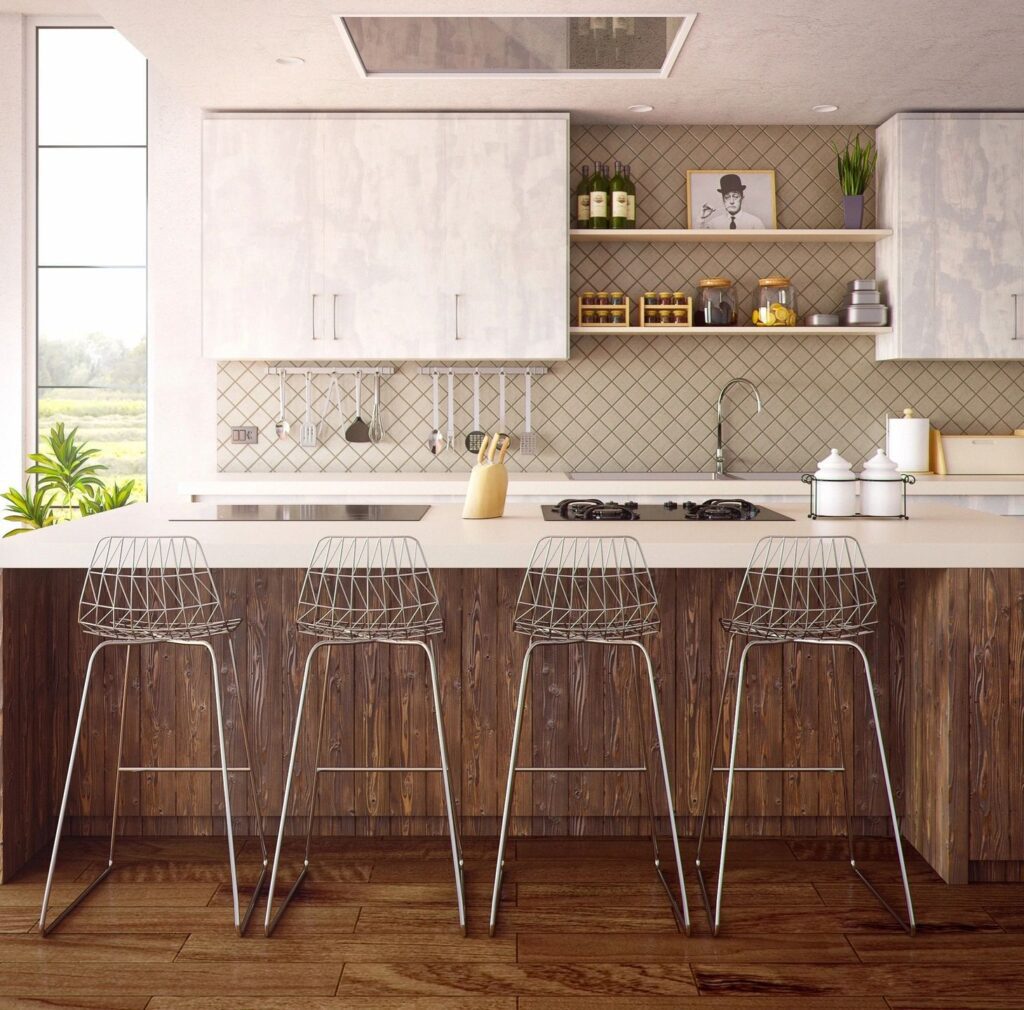
Are you gearing up for a renovation project? Whether you’re revamping your living room, updating your kitchen, or transforming your entire home, careful consideration of design elements is crucial to achieving a successful outcome. From functionality to aesthetics, each aspect plays a vital role in creating a space that is both visually appealing and practical for everyday living. In this blog post, we’ll explore the essential elements of design to incorporate into your next renovation project.
Functionality
The foundation of any well-designed space is its functionality. Consider how you use the space and ensure that the layout and design support those activities effectively. Whether it’s a kitchen designed for cooking or a living room optimized for relaxation, prioritize functionality above all else.
Aesthetics
A visually appealing space can uplift moods and create a welcoming atmosphere. Choose cohesive color schemes, textures, and patterns that complement each other and reflect your personal style. Don’t underestimate the power of aesthetics in transforming a room from ordinary to extraordinary.
Comfort
Comfort should never be compromised in design. Select comfortable furniture, adequate lighting, and materials that feel pleasant to the touch. A comfortable space encourages relaxation and enjoyment, making it essential for every renovation project.
Storage
Clutter can quickly detract from the beauty of a space. Incorporate ample storage solutions to keep belongings organized and out of sight. From built-in cabinets to multi-functional furniture, prioritize storage to maintain a clean and clutter-free environment.
Lighting
Proper lighting can enhance both the functionality and ambiance of a room. Incorporate a combination of natural light, overhead lighting, task lighting, and accent lighting to create a well-lit space that is both functional and visually appealing.
Scale and Proportion
Pay attention to the scale and proportion of furniture and architectural elements within the space. Ensure that objects are appropriately sized relative to the room and each other to create a balanced and harmonious composition.
Accessibility
Design your space to be accessible to all, regardless of age or ability. Incorporate features such as wide doorways, zero-step entrances, and accessible fixtures to accommodate individuals with mobility limitations.
Sustainability
Embrace sustainable design principles and materials to minimize environmental impact. Choose energy-efficient appliances, eco-friendly building materials, and incorporate passive design strategies to reduce energy consumption and waste.
Flexibility
Design your space to be adaptable to changing needs and preferences over time. Incorporate modular furniture, movable partitions, and flexible layouts that can easily be reconfigured to accommodate evolving requirements.
Personalization
Infuse your personality and style into the design to create a space that feels uniquely yours. Incorporate personal mementos, artwork, and decor that reflect your tastes and preferences, making the space feel warm and inviting.
In conclusion, a successful renovation project requires careful attention to design elements that prioritize functionality, aesthetics, comfort, and sustainability. By incorporating these essential elements into your next renovation, you can create a space that not only looks beautiful but also enhances your quality of life. So, as you embark on your renovation journey, remember to consider these key elements to ensure a space that is both functional and fabulous. Happy renovating!
